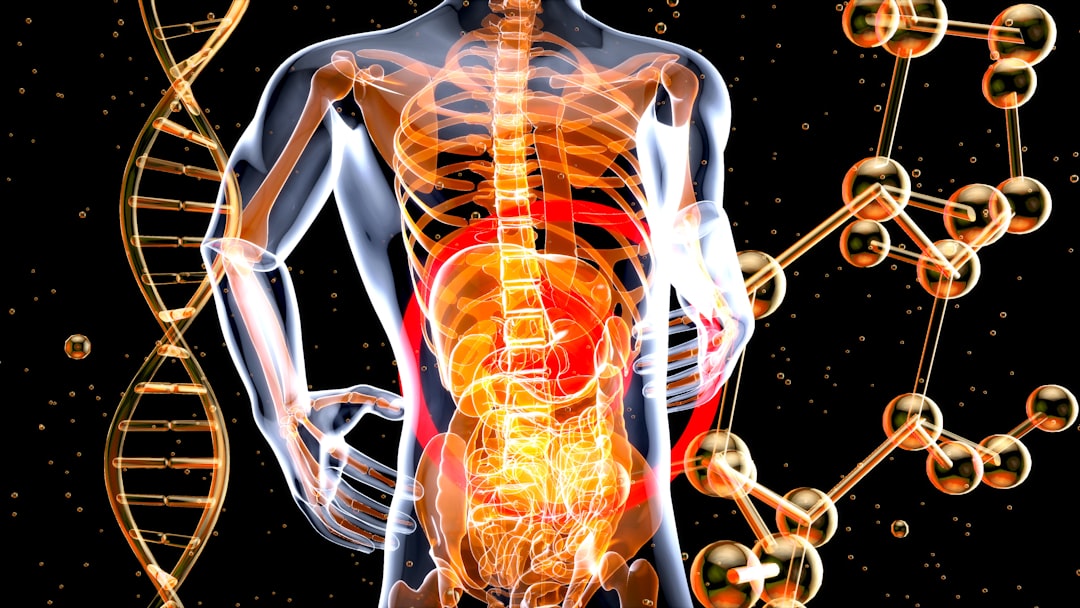What is it about?
Droplets are not made of pure water but of a complex saliva-like fluid that notably contains proteins in addition to water. This work assesses the impact of these proteins on the different phenomena involved in airborne transmission. The resulting quantitative predictions enable us to identify the most dangerous droplets, which measure between 40 and 100 microns.
Featured Image

Photo by Tim Foster on Unsplash
Why is it important?
The role of fluid, air humidity, and temperature has remained elusive since the pandemic outbreak and is now clarified. Similarly, this work identifies the most relevant droplets involved in airborne transmission as the intermediate population of the broad size distribution.
Read the Original
This page is a summary of: Assessing suspension and infectivity times of virus-loaded aerosols involved in airborne transmission, Proceedings of the National Academy of Sciences, August 2022, Proceedings of the National Academy of Sciences,
DOI: 10.1073/pnas.2204593119.
You can read the full text:
Contributors
The following have contributed to this page










